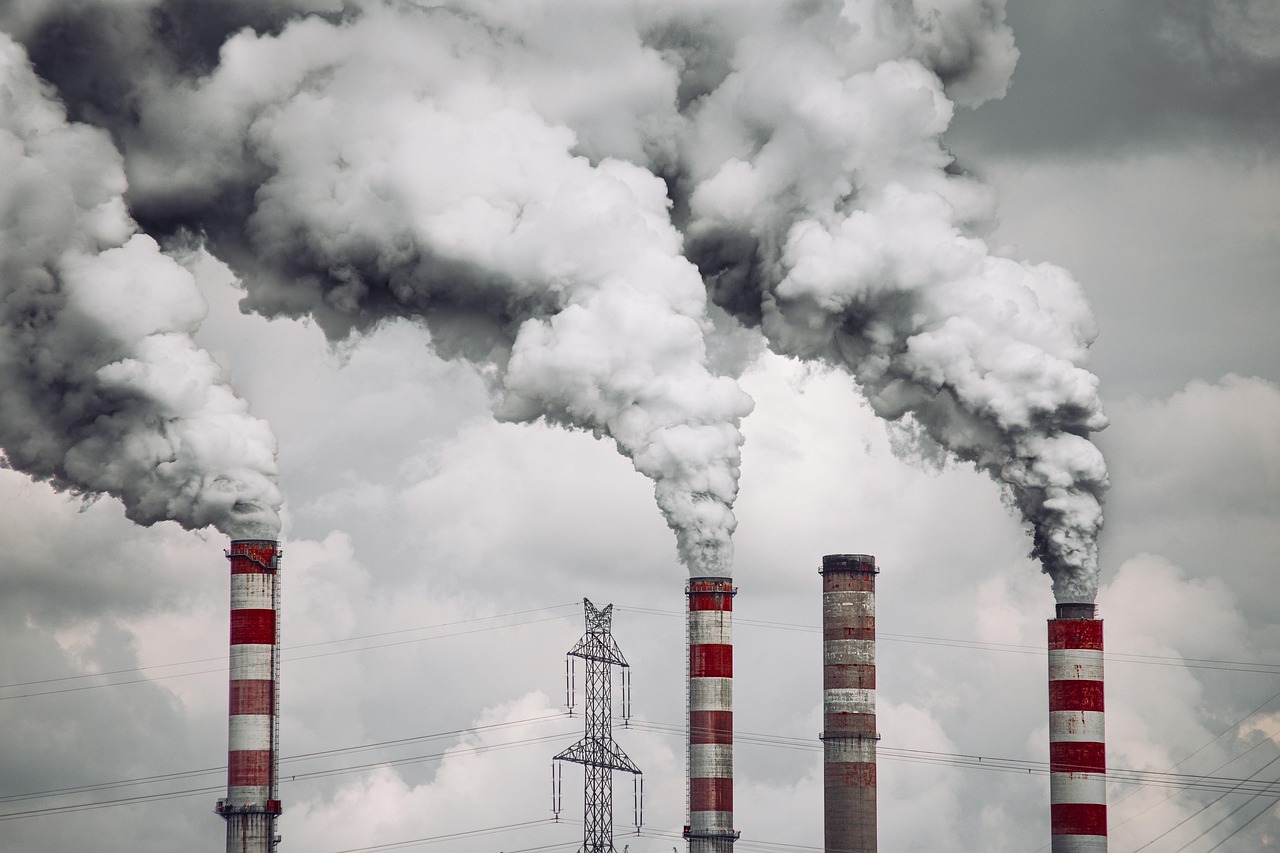
By Dr Joe Milton, the Australian Science Media Centre
But it's not all "doom and gloom", according to CSIRO scientist and Executive Director of the Global Carbon Project, Dr Pep Canadell.
The annual stocktake of global carbon dioxide (CO2) levels suggests fossil fuel emissions will hit a new record high of 38.1 billion tonnes in 2025, Dr Canadell told journalists at an AusSMC Briefing this week.
That's an increase of 1.1% since 2024, which has been driven by increasing demand for energy, including the vast new datacentres required to power artificial inteligence (AI) chatbots, coupled with a continued reliance on fossil fuels.
“Global fossil fuel CO2 emissions have been persistently hovering around [a] 1% [increase] per year for the last few years,” said Dr Canadell.
The report found the carbon budget needed to keep warming below 1.5°C has been "virtually exhausted", and that if emissions are not cut drastically and immediately, we'll have blown past that barrier in just four more years.
“The breaching of the 1.5°C stabilisation target is no longer a risk. It is now unavoidable and coming at full speed,” said Dr Canadell.
"There's now a very urgent requirement of a peak and decline [in emissions] to really start the climate stabilisation path."
However, there is some good news in the report, said Dr Canadell. Emissions from fossil fuels may be on the rise, but total human-caused emissions are expected to drop slightly by the end of 2025, thanks to a decrease in deforestation and other land use changes, allowing the planet to soak up more CO2.
Dr Canadell stressed that, while CO2 emissions are increasing globally, some major countries' growth in emissions is slowing down.
“The most significant positive news of this year’s carbon budget is the slower emissions growth in China and India, given their first and third positions in the ranking of top global emitters,” he said. "This is not a small thing, this is a humungous thing."
The report also recognised Australia, long considered a climate laggard internationally, as one of 35 countries leading the decarbonisation charge, without the economy suffering.
Another ray of hope comes in the form of the rapid growth of renewables, driving their costs down to below those of fossil fuels.
Professor Frank Jotzo, Director of the Centre for Climate Economics and Policy at The Australian National University, who was not an author of the report, told journalists at the briefing that China was driving this growth.
"The amount of wind turbine and solar transmission investment in China is staggering," he said.
He said Australia should "deploy, deploy, deploy" while the cost of renewables is low to meet its national emissions reduction targets.
"Solar panels are now so cheap, you might as well use it as fencing," he said.
You can read more about the AusSMC briefing here.
This article originally appeared in Science Deadline, a weekly newsletter from the AusSMC. You are free to republish this story, in full, with appropriate credit.
Contact: Dr Joe Milton
Phone: +61 8 7120 8666
Email: info@smc.org.au